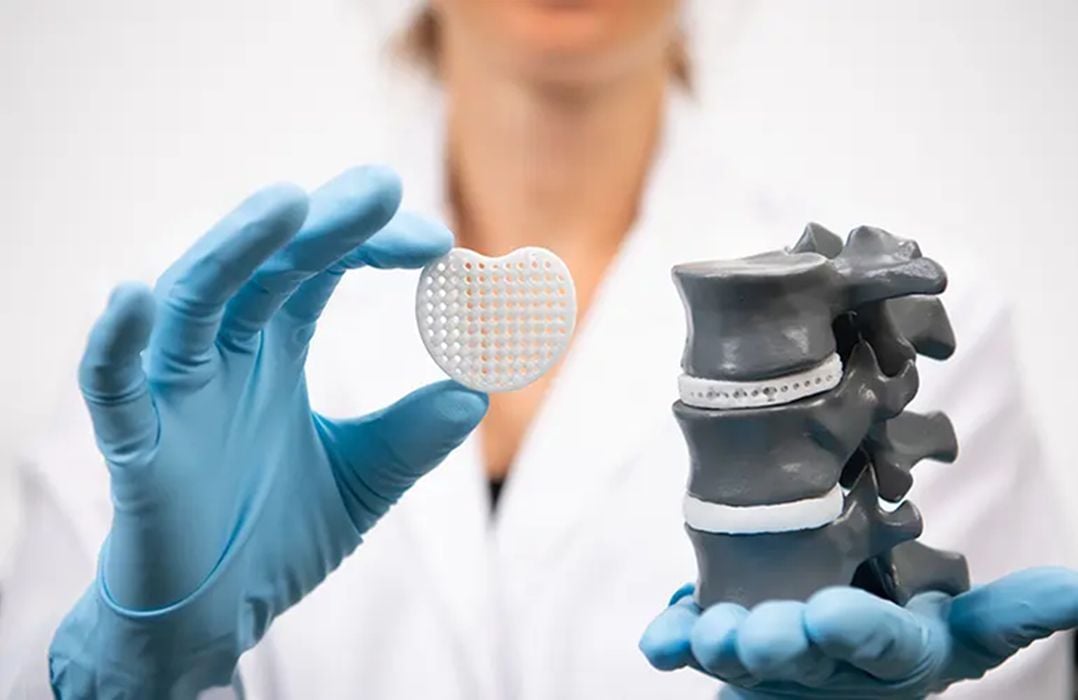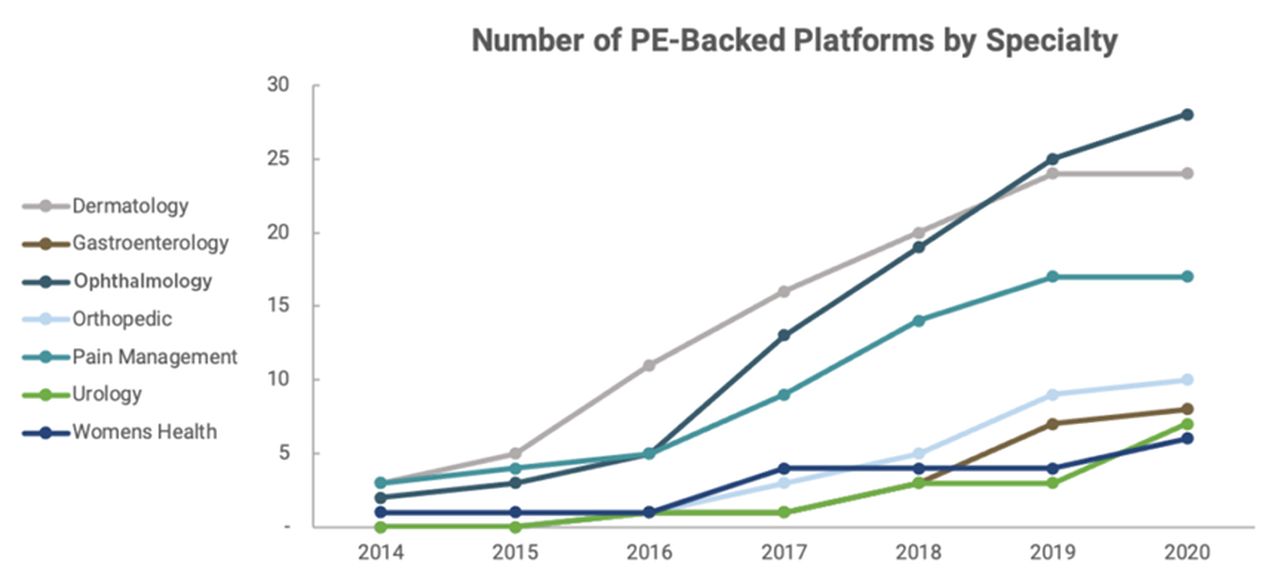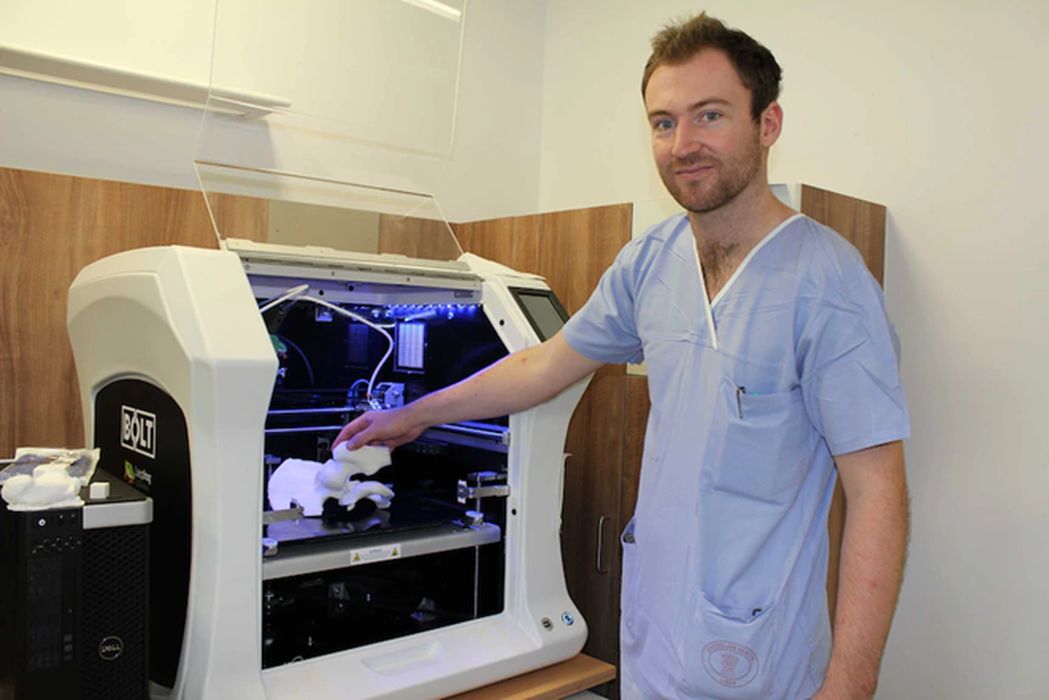
Charles R. Goulding and Preeti Sulibhavi explore how private equity firms are acquiring physician medical practices and how integrating 3D printing technology can enhance patient care and operational efficiency.
Private equity (PE) firms are forging ahead with acquisitions and buyouts of physician medical practices at a rapid pace. Specifically, urology, ophthalmology, cardiology, oncology, radiology and orthopedic practices have been the targets for PE firms consolidating individual medical offices.
The PE acquisitions are coming at a time when there is a surge in post-Covid delayed elective surgeries that are taking place now that restrictions have been lifted and patients are comfortable completing medical procedures. Knee replacements and other hospital procedures are picking up, boosting sales for companies like J&J, that provide medical devices and prosthetics.

According to Joseph Wolk, J&J Chief Financial Officer, “I would say there’s some seniors going back and getting elective procedures that, quite frankly, they were not only nervous about getting during the pandemic but even thereafter.”
Smaller practices, particularly those with senior practitioners approaching retirement, may not have the resources and inclination to invest in new and improved 3D printing technology.

The old PE model focused on cost-reduction related to the purchased company. The new PE model focuses on growth and innovation, which is the real opportunity with physician practices. PE-owned physician practices will typically operate the multi-practice business through a platform that will optimize business and IT practices. These platforms can introduce and train physicians on 3D printing and other new technologies.
PE-owned practices like hospitals can choose 3D printing integration models. Some will invest directly in 3D printing, some will use 3D printing service providers and some will use a hybrid model.
The Research & Development Tax Credit
The now permanent Research and Development (R&D) Tax Credit is available for companies developing new or improved products, processes and/or software.
3D printing can help boost a company’s R&D Tax Credits. Wages for technical employees creating, testing and revising 3D printed prototypes can be included as a percentage of eligible time spent for the R&D Tax Credit. Similarly, when used as a method of improving a process, time spent integrating 3D printing hardware and software counts as an eligible activity. Lastly, when used for modeling and preproduction, the costs of filaments consumed during the development process may also be recovered.
Whether it is used for creating and testing prototypes or for final production, 3D printing is a great indicator that R&D Credit eligible activities are taking place. Companies implementing this technology at any point should consider taking advantage of R&D Tax Credits.
Conclusion
3D printing, by definition, can help create high-quality, customized, flexible medtech devices with highly complex topography. The PE acquisition process for capital investment and business platforms should expand the use of 3D printing.
